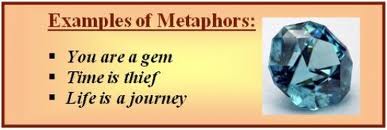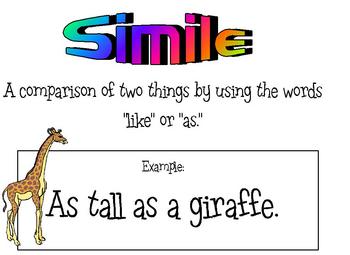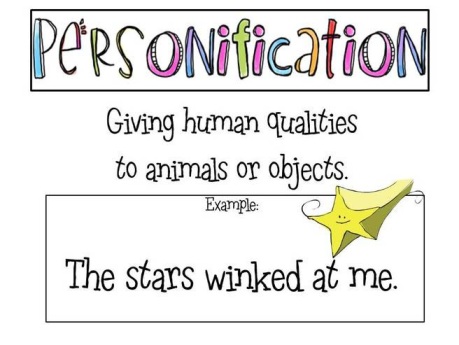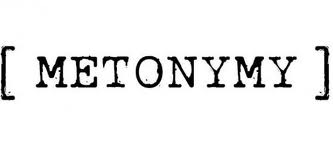Metaphor

According to Kukharenko V.A.,a 'metaphor' is a transference of names based on the associated likeness between two objects. (lexical stylistic device)
I like his examples of metaphors - “volcano” for the “sun”, “silver dust”, for “stars”. They sounds poetically. They are simple and at the same time very expressive. I think each of us will guess what does it means, if see "silver dust on the sky", but will admire with the beauty of this statement.
Not only objects can be compared in a metaphor, but also phenomena, actions or qualities: Some books are to be tasted, others swallowed, and some few to chewed and digested(F. Bacon); pitiless cold; cruel heat; a treacherous calm. (Gurevich)
Metaphors may be simple, when expressed by a word or phrase (Man cannot live by bread alone), and complex (prolonged, or sustained), when a broader context is required to understand it, or when the metaphor includes more than one element of the text(The average New Yorker is caught in a machine. He whirls along, he is dizzy, he is helpless. If he resists, the machine will crush him to pieces. A. Pope)
A trite metaphor is one that is overused in speech, so that it has lost its freshness of expression. Such metaphors often turn into idiomatic phrases (phraseological expressions) that are fixed in dictionaries:
- seeds of evil,
- a rooted prejudice,
- a flight of imagination,
- in the heat of argument.

I found the very interesting article about the types and examples of metaphors in literature.
Types and Examples of Metaphors in Literature
Absolute Metaphor: This is a metaphor in which there is little connection between the metaphorical sense and the actual entity. This is mostly intended to confuse the readers.
Example - "A television set is the autobahn of a living room."
This is an example of an absolute metaphor where the object has absolutely no relation with the metaphor used for the former's assertion. Sometimes, this is also referred as paralogical metaphor. The main intention of such metaphorical usages are to confuse the readers, allowing them to draw their own interpretations.
I have my interpretation: the autobahns connect the cities in one country, and a television set connects family members together before it. I think it sounds a little crazy, but I have exactly this association.
Extended Metaphor: This is a metaphor in which there is one primary subject and several other secondary objects used for comparison.
Example - "All the world's a stage and men and women merely players. "
This is the famous line from William Shakespeare's play - 'As you like it'. It is supposedly one of the best examples of extended metaphor, in literature. The world is described as a stage which is the primary entity and men and women are the subsidiary subjects who are a part of the stage.
As you see, there are very interesting examples and new types for us.
I took these types from this article: Metaphor Examples in Literature
Simile

This is a comparison creating a vivid image due to the fact that the object with which we compare is well-known as an example of the quality in question. The characteristic itself may be named in the simile, e.g. when the conjunction "as" is used: - (as) beautiful as a rose;
- stubborn as a mule;
- fresh as a rose;
- fat as a pig;
- white as snow;
- drunk as a lord.
Such similes often turn into cliches. In some idiomatic similes the image is already impossible to distinguish: as dead as a doornail, as thick as thieves.
The example of similes from Shakespeare's poem Venus and Adonis:
Even as the sun with purple-colour'd face
Had ta'en his last leave of the weeping morn,
Rose-cheek'd Adonis hied him to the chase;
Hunting he loved, but love he laugh'd to scorn;
Sick-thoughted Venus makes amain unto him,
And like a bold-faced suitor 'gins to woo him.
Personification

Examples:
"the sun played hide and seek with the clouds"
"opportunity knocked on the door"
I like personification a lot. When we describing something or telling about something, we can use a personification with the inanimate object. It helps to create atmosphere of the text and imagery.

Metonymy denotes a transference of meaning which is based on contiguity of notions, not on resemblance. In cases of metonymy, the name of one object is used instead of another, closely connected with it.
This may include:
1. The name of a part instead of the name of a whole (synecdoche):
For example:
The word “bread” can be used to represent food in general or money (e.g. he is the breadwinner; music is my bread and butter).
The word “sails” is often used to refer to a whole ship.
The word "head" refers to cattle.
The word "wheels" refers to a vehicle.
2. The name of a container instead of the contents:
He drank a whole glass of whiskey (= drank the liquid contained in a glass).
One example is using the word “barrel” for a barrel of oil or beer.
A "keg" is used to refer to a keg of beer.
3. The name of a characteristic feature of an object instead of the object:
The massacre of the innocents (= children; this biblical phrase is related to the killing of Jewish male children by King Herod in Bethlehem).
4. The name of an instrument instead of an action or the doer of an action:
All they that take the sword, shall perish with the sword (= war, fighting).
